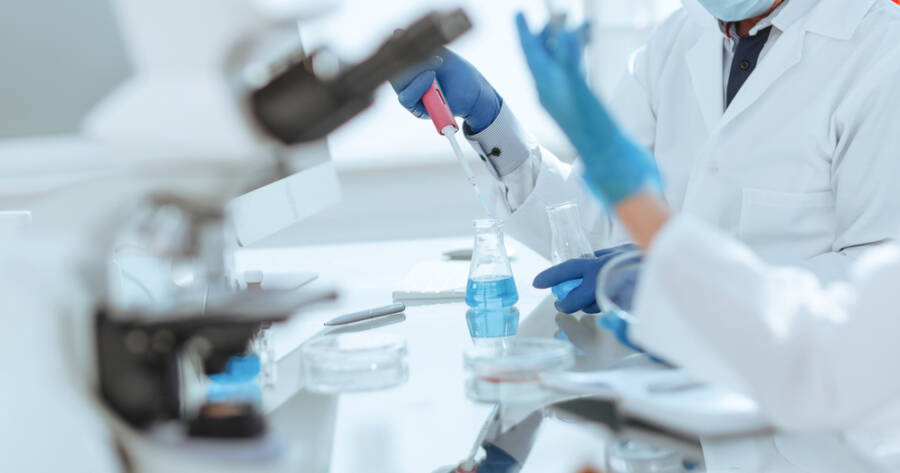Antibody-drug conjugates (ADCs) are reshaping the landscape of cancer treatment by merging the accuracy of monoclonal antibodies with the powerful impact of chemotherapy agents. These innovative therapies selectively target cancer cells, improving effectiveness and minimizing side effects, signifying substantial progress in oncology. The success of ADCs hinges on essential elements such as antibodies, linkers, and cytotoxic components. Delve into the advancements in their engineering, the expanding market potential, and their transformative role in modern cancer care.
The Evolution of Antibody Drug Conjugates in Cancer Treatment
Antibody-drug conjugates (ADCs) have emerged as a revolutionary approach in cancer therapy, integrating the targeting precision of monoclonal antibodies with the potent cytotoxic effects of chemotherapy drugs. This innovative combination targets cancer cells specifically, effectively minimizing damage to surrounding healthy tissues and offering a significant improvement over traditional chemotherapy methods by enhancing treatment efficacy and reducing adverse effects. Recent advancements have empowered ADCs to double survival rates in conditions like advanced urothelial cancer, thus signaling a new era in oncology with substantial clinical improvements shown in pivotal trials.
Key Components of Antibody Drug Conjugates
An ADC is composed of three critical elements: an antibody, a cytotoxic payload, and a linker. Each component plays a vital role in determining the efficacy and safety of the conjugate. The antibody binds specifically to antigens that are overexpressed on cancer cells, thereby directing the drug to its target. The linker ensures the stability of the ADC in the bloodstream and releases the drug inside the cancer cell, minimizing systemic toxicity. Cytotoxic payloads, including tubulin inhibitors and DNA-damaging agents like those used in novel approaches, are chosen for their potency and specific action on cancer cells, ensuring effective destruction of the tumor.
Advancements in ADC Engineering
Advancements in the engineering of antibodies and linkers have dramatically enhanced the effectiveness of ADCs. The evolution from murine to humanized antibodies has lowered immunogenicity, facilitating better patient tolerance and reducing adverse immune reactions while enhancing therapeutic efficacy. Linker technology has also progressed with the development of cleavable and non-cleavable linkers, enabling precise control over when and where the cytotoxic drug is released within the body, thereby improving the safety profile of these therapies.
The Rising Commercial and Clinical Potential of ADCs
The pharmaceutical industry has shown significant investment in ADCs, reflecting a strong belief in their commercial and therapeutic promise. Notably, Pfizer’s acquisition of Seagen underscores the potential these conjugates hold in transforming cancer treatment paradigms through both financial and technological investments. Sales for ADCs have surged, with projections indicating a market value exceeding $30 billion by 2028, driven by ongoing trials and the continuous approval of new and effective ADC-based therapies.
Innovative Formats and Future Directions
The ongoing development of ADCs includes various innovative formats like bispecific ADCs, probody-drug conjugates, and immune-stimulating ADCs. These formats aim to overcome challenges such as tumor resistance and improve specificity and potency by tackling issues like drug resistance and tumor heterogeneity. Additionally, new conjugation methods are being refined to achieve more precise drug-antibody ratios, reducing heterogeneity and improving the overall therapeutic index of ADCs.
Why You Should Learn More About Antibody Therapy Today
Antibody drug conjugates represent a promising frontier in oncology, offering targeted solutions that were inconceivable in previous decades. As the development of next-generation ADCs continues, staying informed about these advancements is crucial for understanding their potential benefits and applications in cancer treatment. With ongoing research and clinical trials poised to further improve ADC efficacy and safety, these innovative therapies could redefine cancer treatment paradigms and offer hope to patients worldwide.
Sources
Revolutionary ADCs in Cancer Therapy
Technical Advances in ADC Development
